A Coach’s Best Friend: Film
Throughout this season, I have come across multiple coaches who are not filming games. Every time this happens, I respond with an e-mail, encouraging coaches to stop ignoring the opportunity to improve their coaching staff, team, and individual players. It is our belief that all varsity coaches should be filming every game. This is part of your job, and you owe it to your players. Furthermore, filming practices can also be very beneficial. Below are the reasons that we believe that Film is a coach’s best friend:
1- It is the best teaching tool!
As the saying goes, “the eye in the sky don’t lie.” Film allows players to watch their mistakes and these teaching moments are very beneficial to player development. Film can help a team better understand areas for improvement, challenges from opponents, and it provides clarity for everyone in the program. There is no better teaching tool than an organized, well planned film session.
2- Players need film for college coaches.
Most high school coaches have players that are interested in playing at the college level. Your players will need film, so college coaches can evaluate them. By providing film to college coaches, you are doing your part to help your players have an opportunity to continue their careers.
3- You can exchange film to scout opponents
One of the worst phrases that coaches say is, “We don’t scout, because we are just worried about us.” This is code for, “I am too lazy to prepare my team to win.” As a varsity basketball coach, you should be scouting your opponents. This is especially important in league play. Scouting provides an opportunity to steal points for your team. It is very impactful, against good teams, if you can prevent 4-6 points for your opponent, and generate 4-6 easy points for your team. If you are not filming and sharing film, other coaches will be less likely to help you with film.
4- Film helps ensure accurate stats
Filming games will help your staff ensure that you have accurate stats. Depending on a student manager to take stats during the game is fine, but there is a strong chance that those stats are not accurate. Film can be used with services like Krossover or Hudl, which will provide statistical breakdowns of your team. Stats are also important for recognizing and rewarding your players for big achievements. It might be scoring 1,000 career points, or providing proof that a player should receive all-league or all-state honors. The stats also allow coaches to provide a program record book, which is a great way to honor the best players throughout the history of your program.
5- What you see during games is only part of the picture. Film fills in the gaps.
When you see post game interviews with the best coaches, you will regularly hear them answer questions with, “it is hard to answer that without looking at the film.” This is because the best coaches know that the film will provide valuable information. You can look at a box score and see the results. It might be a lack of offensive rebounding, too many turnovers, or poor shooting. Film fills in the gaps, and answers the question of WHY those results happened. If you do not watch film, then you are taking an educated guess, as opposed to finding the undeniable answers that can help your team improve.
If you are a high school coach, make sure that you are filming games. Film is your best friend, and will help you maximize the development of your team.
You can follow Dynamic Coaching Tools on Twitter or Instagram at @DynamicCoaches

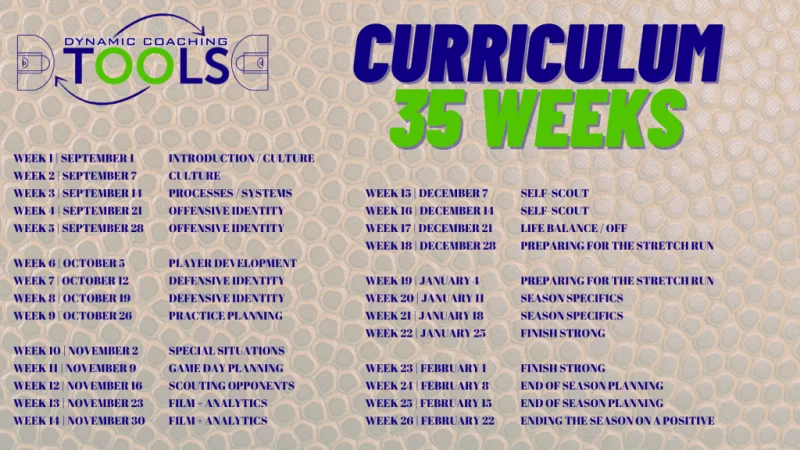
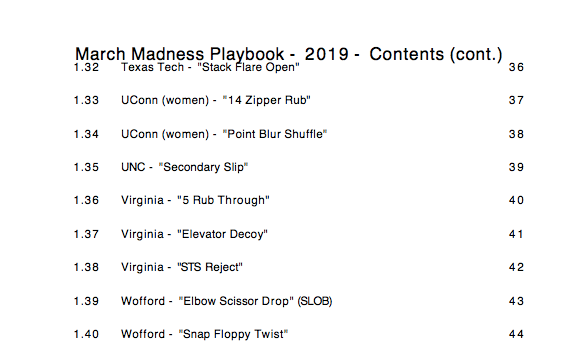
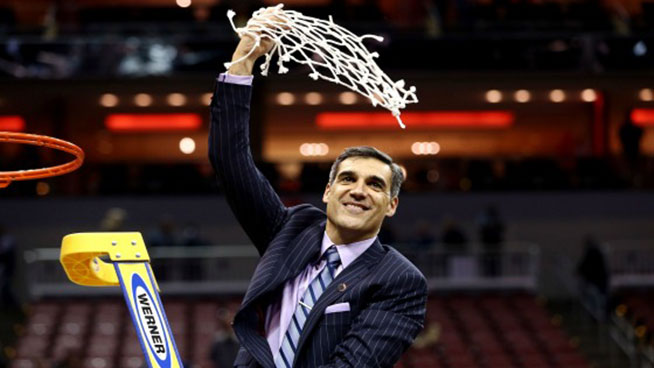
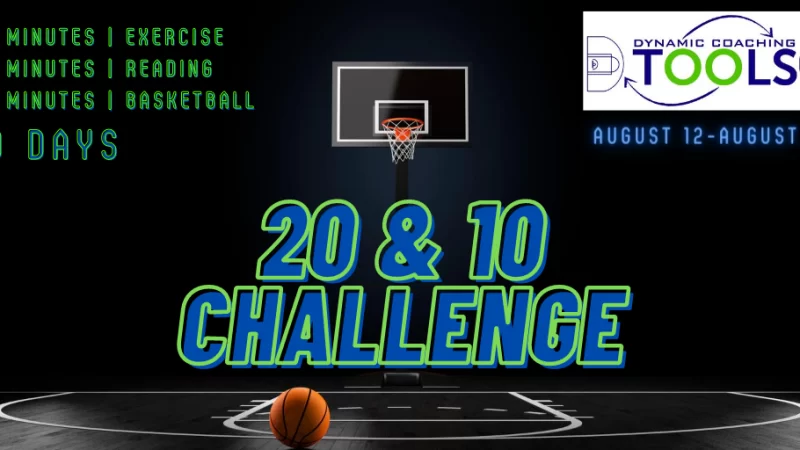
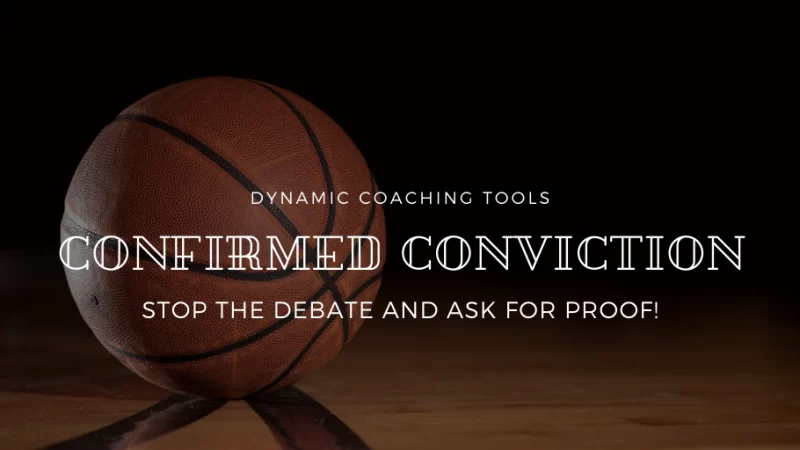
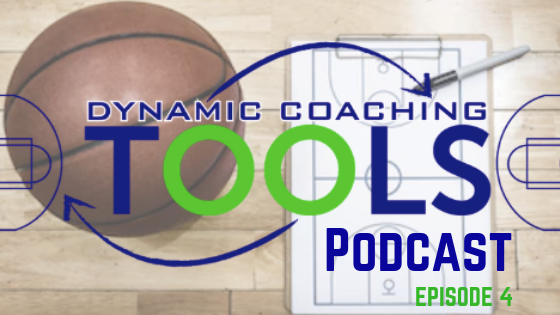

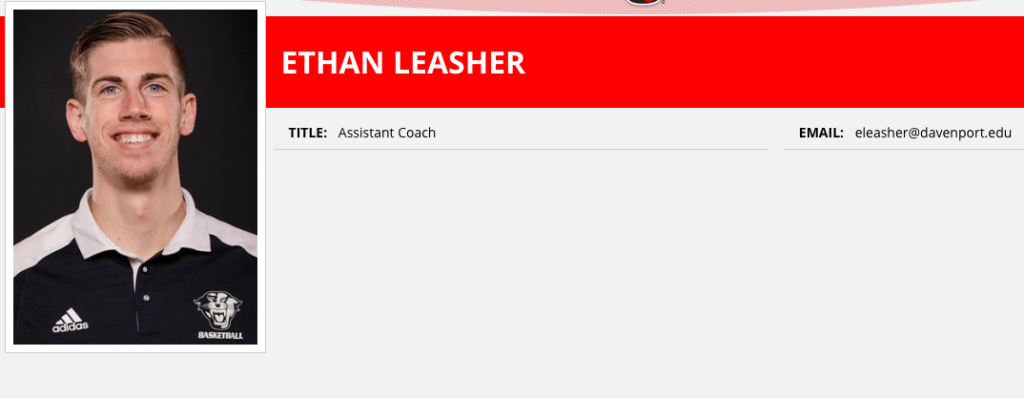 Ethan Leasher enters his third season as an assistant coach for the Panthers. He will be the co-offensive coordinator and the recruiting coordinator this season. Leasher will also be handling all compliance tasks and alumni relations.
Ethan Leasher enters his third season as an assistant coach for the Panthers. He will be the co-offensive coordinator and the recruiting coordinator this season. Leasher will also be handling all compliance tasks and alumni relations.
